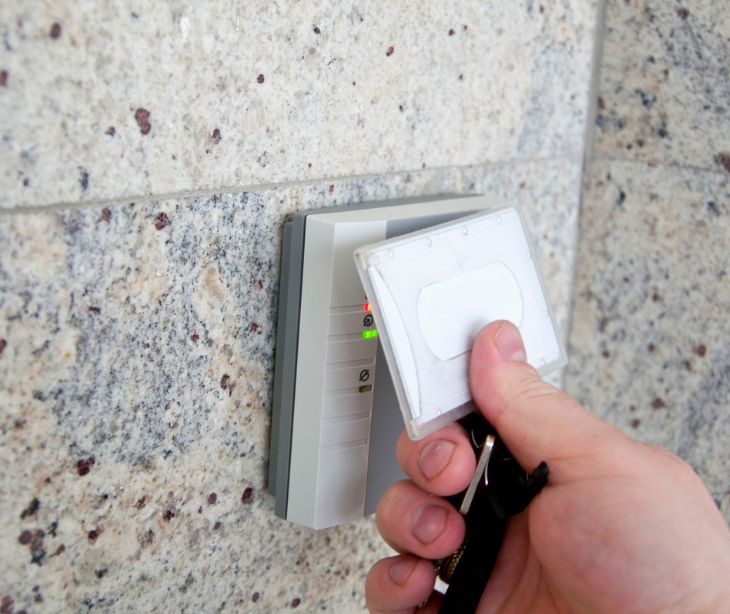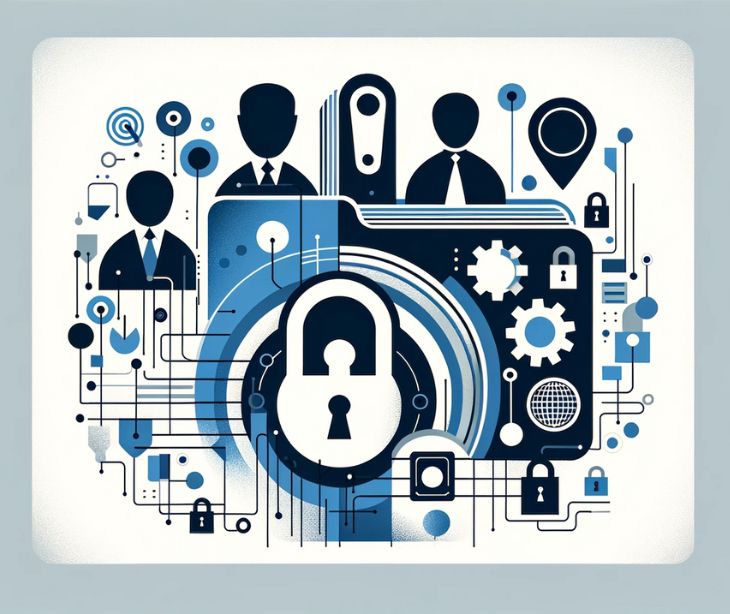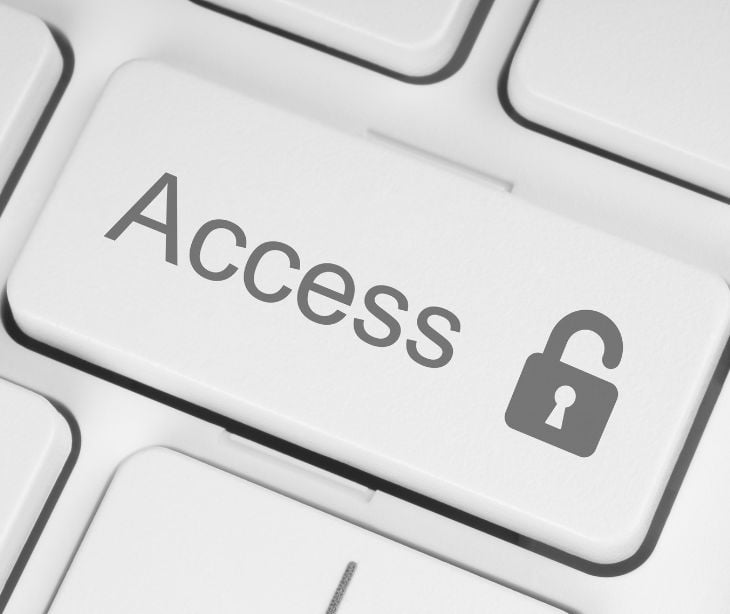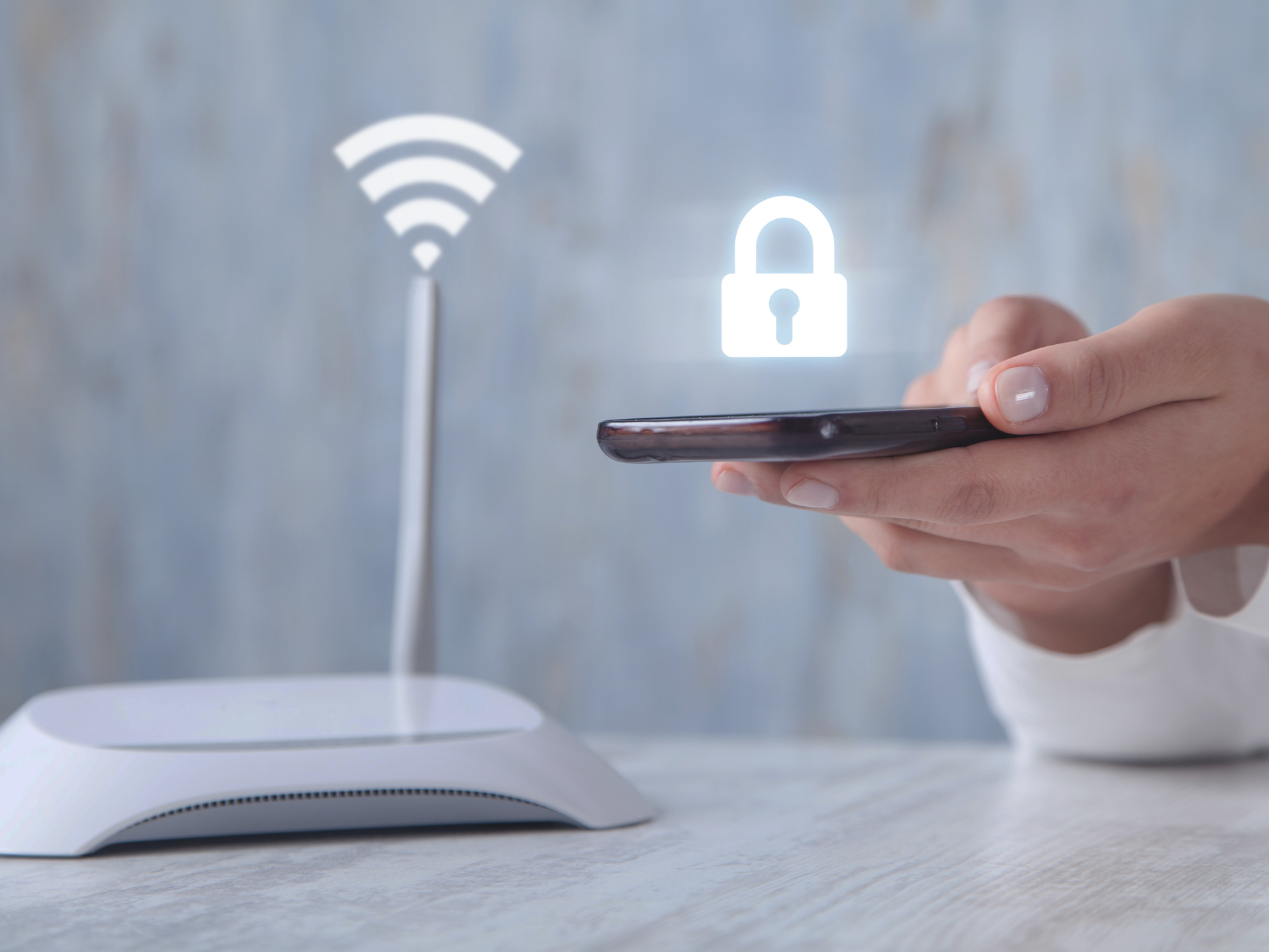
The HIPAA security rule establishes national standards to ensure the confidentiality, integrity, and availability of electronic protected health information (PHI). Among its components, physical access controls are a line of defense against unauthorized access to facilities containing patient information.
The HIPAA security rule
The HIPAA security rule sets guidelines for healthcare providers and organizations to protect electronic PHI. It comprises three categories of safeguards: administrative, technical, and physical. While administrative and technical safeguards focus on data management and electronic security, the physical safeguards directly address the control measures that limit access to physical facilities and devices housing ePHI.
Related: What is the HIPAA security rule?
The role of physical access controls
Physical access controls encompass a range of measures designed to prevent unauthorized individuals from gaining entry to areas where electronic PHI is stored, processed, or transmitted. By restricting access to authorized personnel only, these controls create a secure environment that safeguards patient data against potential threats.
Related: A deep dive into HIPAA's physical safeguards
HIPAA physical access control requirements
To comply with the HIPAA security rule, healthcare providers must implement specific physical access control requirements:
- Facility access controls: Covered entities must establish policies and procedures to control physical access to their facilities. Access logs should be maintained to track entries and exits, enabling swift identification of any unauthorized attempts.
- Workstation security: Policies should be in place to manage access to workstations and electronic devices containing ePHI. Password-protected screensavers and automatic logoff features help prevent unauthorized access in case of unattended workstations. Workstations should also be placed in secure locations to minimize the risk of unauthorized viewing.
- Device and media controls: Covered entities must manage and control electronic media, such as USB or external hard drives, that store electronic PHI. Strict procedures for media disposal are also essential to prevent data breaches. Data should be securely wiped or destroyed before disposal, and electronic media should never be thrown away with regular trash.
How to implement physical access controls
- Conduct a risk assessment: Start by performing a comprehensive risk assessment to identify vulnerabilities and threats related to physical security. This assessment will help determine the appropriate level of access controls needed.
- Develop policies and procedures: Create clear and concise policies and procedures for physical access control. These documents should outline who has access to what areas, how access is granted and revoked, and the measures to ensure data security.
- Implement access control technologies: Use various access control technologies, such as electronic access cards, biometric systems (e.g., fingerprint or facial recognition), and security cameras. These technologies bolster security and provide a robust audit trail.
- Train staff and visitors: Educate staff members about the importance of physical access controls and how to comply with the established policies. Visitors should also be briefed on the facility's security protocols to prevent unauthorized access.
- Monitor and review access logs: Regularly review access logs and audit trails to identify any suspicious activities or potential security breaches. Promptly investigate and address any anomalies.
- Regular maintenance and upgrades: Ensure access control systems are regularly maintained and updated.
The HIPAA security rule is a pillar in protecting electronic PHI and upholding patient privacy. Among its various safeguards, physical access controls prevent unauthorized access to facilities housing patient information.
Related: HIPAA compliant email: the definitive guide
Subscribe to Paubox Weekly
Every Friday we'll bring you the most important news from Paubox. Our aim is to make you smarter, faster.




